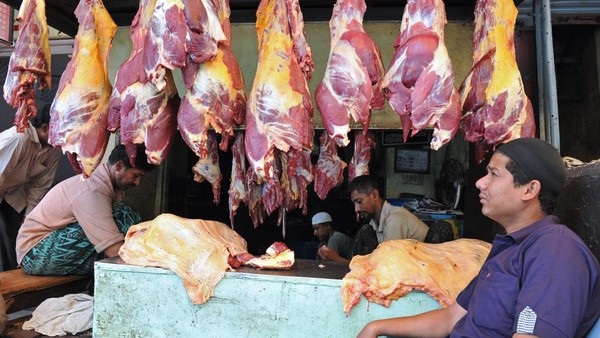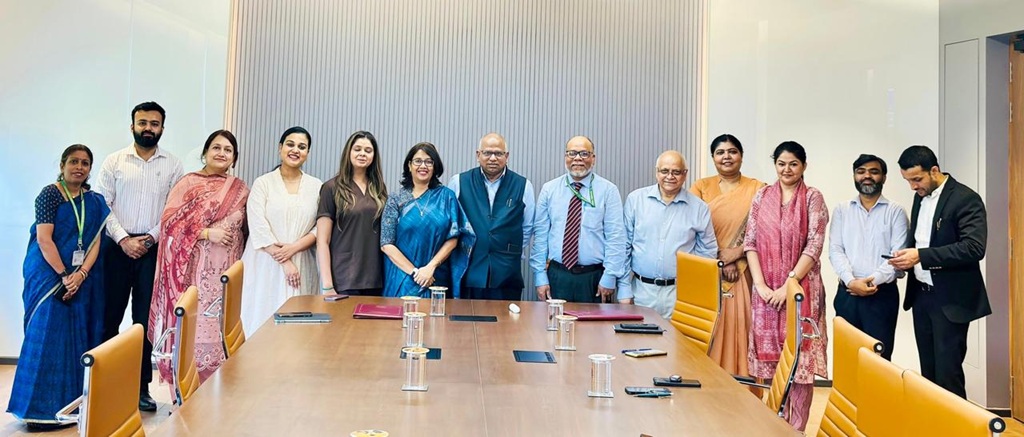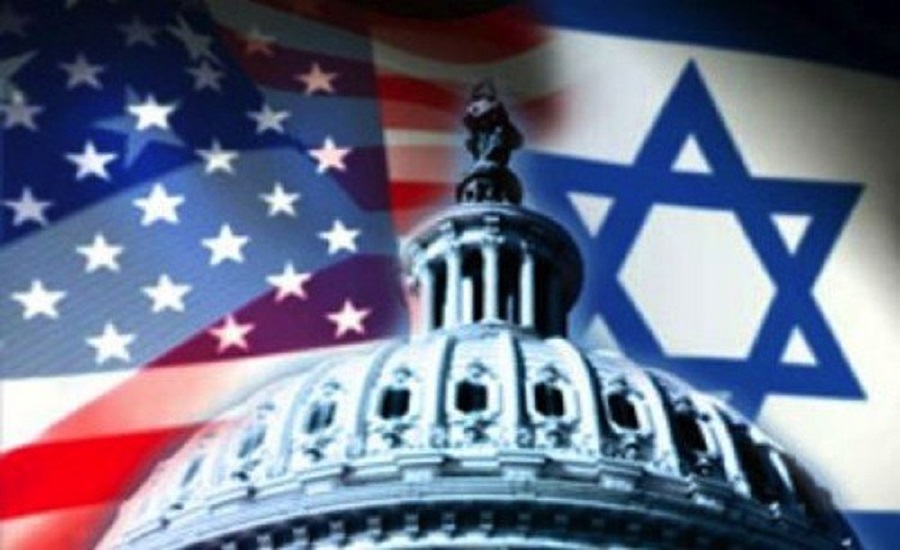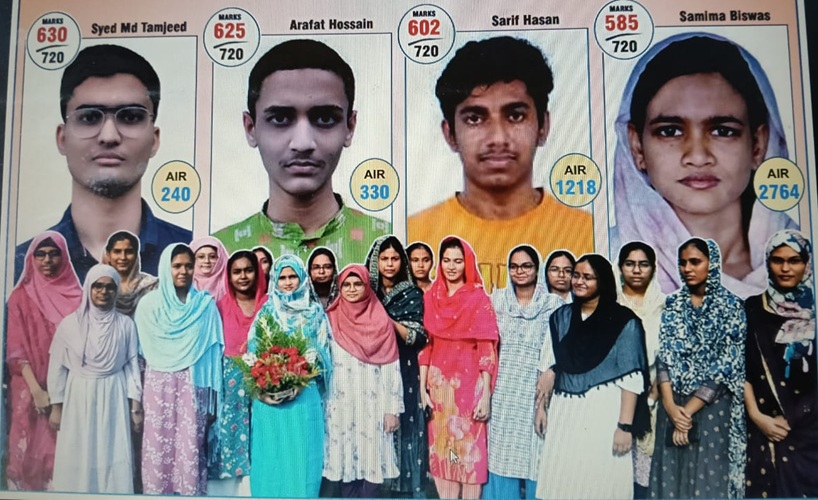New Delhi : Several groups and organizations are now coming out against the draconian laws passed by the BJP-led Haryana and Maharashtra governments to police the food habit of the large section of the people by banning beef slaughter. Slamming the prohibition of cow slaughter, right group People’s Union Democratic Rights (PUDR) said on Wednesday that it is an assault on the right to life which involves livelihood and a diet of their choice and imposing dietary preference of one privileged and powerful minority group over the rest and appeasing a minority of Hindus by putting right to life of millions of Indians at risk.
It also expressed shock that opposition parties INLD and Congress supported the Gauvansh Sanrakshan and Gausamvardhan Bill passed by the Haryana government. The Haryana Government’s move comes just days after the President’s assent to Maharashtra Animal Preservation (Amendment) Bill 1995 early this month. Maharashtra Animal Preservation (Amendment) Bill 1995 not only banned beef but also extended the prohibition to slaughter of bulls and oxen.
PUDR said a law banning cow slaughter and beef is indicative of a deep seated majoritarian understanding of Indian culture. It shows that the nature of state in India is heavily tilted in a selective understanding of Indian and even Hindu tradition. It also poses questions to secularism which
The new bill passed by the Haryana Government bans cow slaughter and sale of beef and imposes a punishment of rigorous imprisonment of not less than three years extending up to 10 years and fines ranging from Rs. 30,000 to Rs. one lakh. There was already a ban on slaughter of cows in Maharashtra since 1976. The new amended act imposes a fine of Rs. 10,000 and a maximum prison term of five years for selling or even possessing beef. The new amended law also put the burden of proof is on the accused. It shows how much importance has been attached to prevention of cow slaughter so as to have this extraordinary provision in the law. It is so ironical that the women’s movement had to struggle so hard to make this change in law in cases of rape to shift the burden of proof on the accused whereas it finds a place in these state’s laws without anyone even noticing them.
In some states like Karnataka, Andhra Pradesh, Goa and Madhya Pradesh slaughter of bulls, bullocks and adult buffalos is permitted on ‘fit for slaughter’ certificate if the cattle is over 12 or 15 years of age, is not likely to become economical for draught, breeding or milk. Assam and West Bengal provides for slaughter of all cattle which includes bull, bullocks, calves, cows and buffalo on ‘fit for slaughter’ certificate. Meghalaya and Nagaland have no legislation to this effect.
In many states like Gujarat, Bihar, Andhra Pradesh, Karnataka the punishment for cow slaughter is a maximum imprisonment of six months or fine upto Rs.1000 or both. The 1976 Maharashtra Animal Preservation Act also provided for similar punishment and fines.
It is also to underline that prohibition of slaughter of cows, calves and other milch and draught animals finds a place in the Directive Principles of State Policy in our Constitution and that many states in India have a law banning cow slaughter and beef is indicative of a deep seated majoritarian understanding of Indian culture. It shows that the nature of state in India is heavily tilted in a selective understanding of Indian and even Hindu tradition. This questions the whole edifice of secularism and equal respect for all religions in India. The understanding that Hindus stand against cow slaughter or that Hinduism has always shunned and continues to shun beef is a proposition which is deeply contested. It might well be that some castes or groups amongst Hindus revere the cow and find cow slaughter abominable, but this view is not true of all Hindus across India, either today or in the past.
Apart from the absurdity of imposing dietary preference of one privileged and powerful group over the rest, there are other compelling reasons to question the ban.
PUDR drew attention to the fact that the entire meat production industry, from the traditional to the modern, employs and meets livelihood needs of millions of Indians. India’s meat production ranks fifth at 6.3 million tonnes in which share of bovine meat (cow, buffalo, bull) constitutes 62per cent. Of this, less than a million tonnes is exported. Thus the rest of it goes to meet the dietary needs of millions of Indians. Thus in banning cow slaughter to appease a minority of Hindus, livelihood needs and therefore right to life of millions of Indians has been put at risk. And in the bargain, it also simultaneously removes cheap high protein diet for hundreds of millions of Indians of every denomination.
These bans which are being extended to cover other cattle as well under an expansive definition of ‘beef’ pose many kinds of problems like for poor farmers who cannot take care of an old cow and because of these bans can no longer sell it to an abattoir. It has serious livelihood ramifications for a large number of families directly and indirectly dependent on cattle trade and related industries like leather, gelatin, animal fat soap industry, pharmaceuticals and meat exports.
It is worth noticing that more than 50 percent of people engaged in meat production and related trade of skin, hides, bones etc are Hindus. And they are beef consumers. PUDR asserted that this ban is an assault on the right to life which involves livelihood and a diet of their choice.






0 Comments